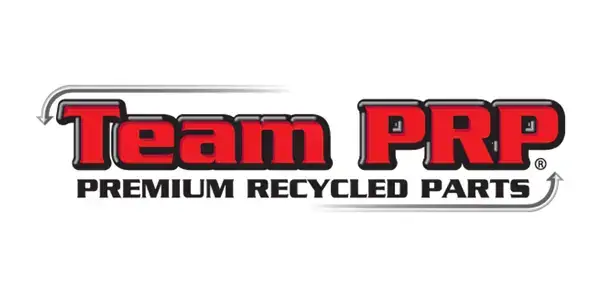A Beginner’s Guide to Purchasing Used Tires for Your Car
While you may be a little hesitant, used car parts can come in handy if any of your vehicle’s parts need replacing. Now, we aren’t going to pretend that there are no downsides to using used parts. Indeed, it can be quite tricky to find the right parts and you’ll need to be extra thorough to avoid purchasing dubious parts that can harm your car. This is doubly true for parts such as tires, as your choice of tires can really impact your car’s performance.
If you’re thinking of replacing your tires soon, then we’ve got just the thing for you. To help you avoid dubious tires, we’ve prepared a guide on how to purchase used tires for your car. For those of you who want to know more about this, read on for a brief discussion on everything you need to consider when purchasing used tires!
Tread
The first thing you’ll want to examine is the amount of tread that’s on the tire. The tread refers to the rubber on the tire’s circumference. On average, new tires have about 12/32 of an inch of tread. If you’re opting to go with used tires, you can expect the tires to have around 5 to 6/32 inches of tread remaining. Now, you also have to be aware of the fact that the minimum permissible tread depth is 2/32 of an inch and anything that falls below that isn’t deemed to be road legal.
Age
Aside from the tread, you’ll also want to look into the age of the tire itself. Tires usually last up to six years. This can vary depending on usage but a tire that’s been used frequently has a lifespan of six years. From year seven and on, the tires will begin to degrade in quality due to the amount of usage and exposure to the elements. You can determine the tire’s age by looking for the number that indicates when the tire was manufactured. The first two digits of the number listed on the tires refer to the week it was produced, while the last two digits refer to the year. For example, a tire with the number 3209 means it was produced in the 32nd week of 2009.
Tire Seams
Lastly, you’ll want to closely examine the tires to check for any defects or signs of damage in the seams. The seams will pretty much dictate how well a tire is able to hold air. Damaged seams make it more likely for the tire to blow out. Be sure to watch out for any bubbles, splitting seams, or signs of patches when purchasing used tires. If you find any visible defects, it’s best to go with another tire as damaged tires will just cause you a ton of different problems down the line.
Conclusion
If you go about things correctly, used tires can be just as good as brand new tires. While you may need to put in a little more work, the savings alone make it all worth it in the end. Just be sure to keep everything we’ve discussed in mind the next time you’re in the market for used tires.
Are you looking for used car parts in Rochester, New York? Instead of wasting your time visiting scrap yards and retailers, visit Northside Salvage Yard for the best price on the tires you need for your specific vehicle!



